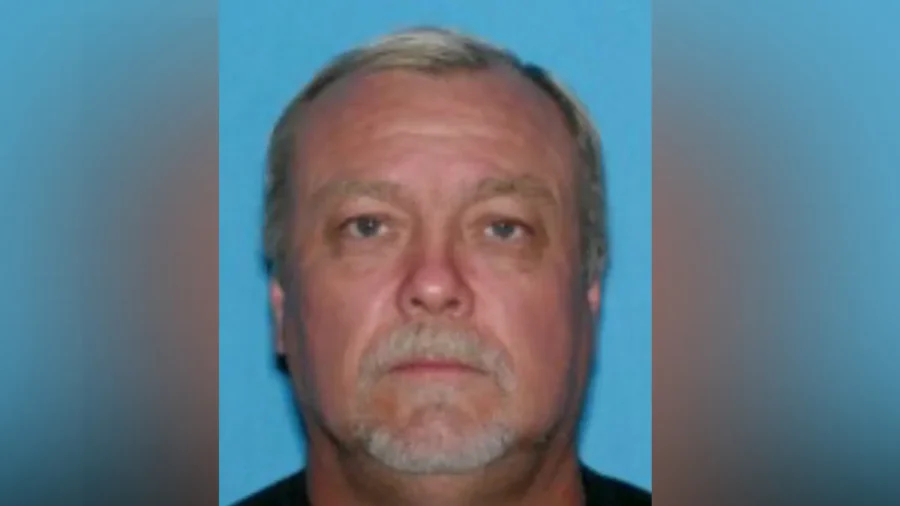DNA evidence has confirmed that a suspect in a 1979 murder-rape case who passed a lie detector test was indeed the killer, California law enforcement officials said on Nov. 20.
After more than 45 years, detectives were able to prove that Lewis Randolph “Randy” Williamson was the killer of Ester Gonzales, a 17-year-old girl from Beaumont, Southern California.
On Feb. 2, 1979, Gonzalez left her parents’ home to walk to her sister’s house in Banning, a neighboring city a few miles East of Beaumont—but she never made it there that Friday night.
The following day, a male caller alerted the Riverside County Sheriff’s Station in Banning that he had found a dead body off Highway 243. The man did not identify himself and said he didn’t know whether the body was male or female. Deputies described him as “argumentative” on the phone.
Law enforcement who arrived on the scene found Gonzales’ body in a snowpack. Investigators determined she had been raped and bludgeoned to death, the Riverside County District Attorney’s Office said in a news release.
Five days later, investigators were able to identify the caller as Lewis Randolph “Randy” Williamson. Police asked him to take a polygraph, to which he agreed.
Williamson passed the lie detector tests and was cleared of any wrongdoing.
Initially, a semen sample was analyzed and its data was uploaded to the Combined DNA Index System (CODIS), the United States national DNA database, but yielded no immediate results. However, investigators from the Riverside County Regional Cold Case Homicide Team would continue to work on the case for decades.
Over time, DNA technology improved with leaps and bounds. In 2023, the investigative team sent various pieces of evidence from the crime scene to a private company specializing in state-of-the-art forensic genealogy and genetic analysis. And sure enough, a match was found, pointing to Williamson.
“A crime analyst assigned to the cold case team determined that, although Williamson was seemingly cleared by the polygraph in 1979, he was never cleared through DNA because the technology had not yet been developed,” the District Attorney’s Office said.
But Williamson already died, ten years ago in Florida.
After his death, a blood sample was collected during his autopsy. With the assistance of the Broward County Sheriff’s Office, the sample was sent to the California Department of Justice, which recently confirmed that the blood DNA matched the DNA recovered from Esther’s body.
On Facebook, Esther’s brother Eddie thanked the investigators for all their years of work and expressed gratitude to investigator Jason Corey for working on the case.
“Once again the Gonzalez family would like to thank the Riverside County sheriff’s department on a job well done after 40 years the Gonzalez family has closure,” he wrote.
The DA’s office said investigators were looking into whether Williamson may have had more blood on his hands. People who knew Williamson or know of any other potential victims are asked to contact the Riverside Cold Case Homicide Team.

